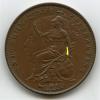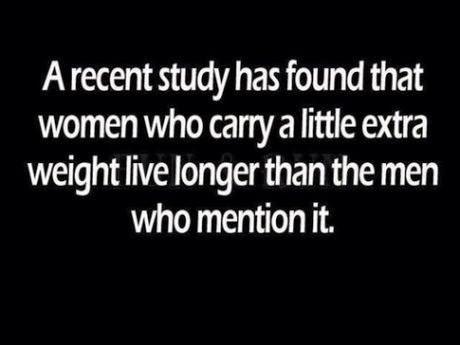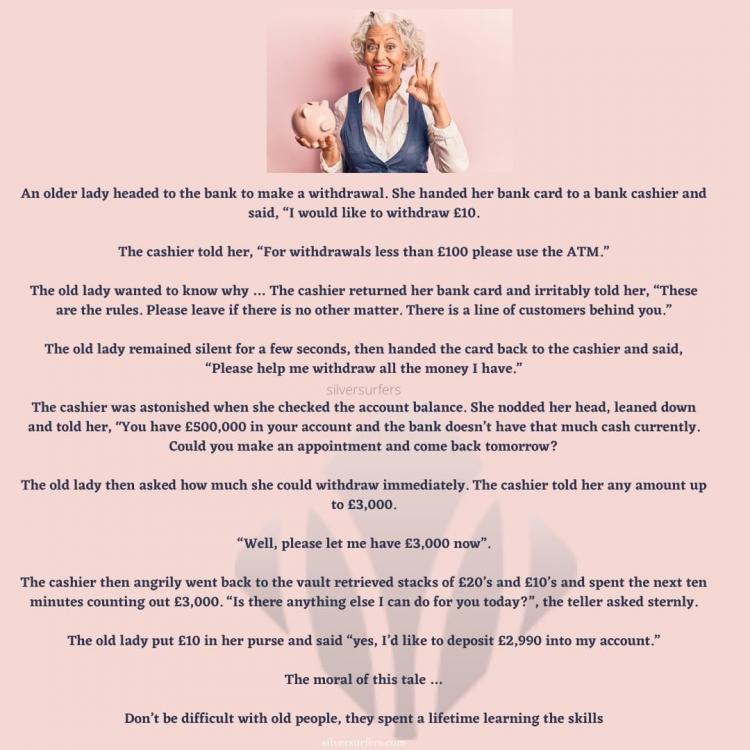|
|
The current range of books. Click the image above to see them on Amazon (printed and Kindle format). More info on coinpublications.com |
|
|
-
Content Count
729 -
Joined
-
Last visited
-
Days Won
67
Posts posted by alfnail
-
-
5 hours ago, alfnail said:Q. Does anyone know if the dot under first I of VICTORIA has actually (definitely) been seen paired with reverse L?
Apologies for my earlier typo, I should of course have said reverse k (not L).
-
Does your Cannon Ball have the repaired 5 Blake.... same question for Jerry x 3?
-
9 minutes ago, secret santa said:I don't have any pictures of this type.
Links to the two LCA pieces Richard:-
-
43 minutes ago, PWA 1967 said:I looked at that and even sent a link to a friend as the 5 looked like it was over something on the ebay picture ,both of us did not notice the dot ,so well SPOTted 😀👍
Well spotted yourself Pete. I too saw that the 5 looked a bit strange, made me question whether the cannon ball was present because didn't think other cannon ball examples had anything going on with the 5.
Anyway, here is a close-up to put you out of your misery.
-
Yes, I saw you had 3 out of only 7 documented specimens to date, well done...... must drive you dotty!
-
 1
1
-
-
Poor grade, but found this 1875Ce (Cannon Ball) on ebay the other day.
I noticed looking at latest MG page 68 that he still has the other type of 1875 with a dot (i.e. under the first I of VICTORIA) down as a Cd, with same obverse (his L) as the cannon ball.
However, the only coins I have seen with dot under I have had the narrow date reverse. In fact I have only seen two 1875Cd's being sold since his 2009 book when type was first documented, both at auctions with LCA in 2016.
Q. Does anyone know if the dot under first I of VICTORIA has actually (definitely) been seen paired with reverse L?
Q. Isn't the dot under first I, type Cd, equally as rare as the cannon ball (and 1870 dot under Y) and worthy, therefore, of being in Richard's rarestpennies list?
-
 4
4
-
-
Thanks Pete, I don't have access to the CGS website pictures, but did check the aboutfarthings website and it wasn't mentioned on there.
-
-
6 hours ago, bagerap said:Sorry, but Midsummer night's dream takes us back to the same problem. There's a line in the Rude Mechanicals version of Pyramus & Thisbe which could be interpreted as racially offensive:
“Thou wall, o wall, o sweet and lovely wall, show me thy chink to blink through with mine eyne!”
Wasn't it a cue for Bottom to grab a hand? I guess if it had been the other way round that may have also caused an issue with FB!
-
-
Sounds good to me Mike, but maybe tomorrow will be better. Stop the world.....
-
 2
2
-
-
It has taken me about 10 years to completely remove from my vegetable plot. After very little early success I decided not to grow vegetables one year and instead completely covered the vegetable plot with old 'hessian backed' carpets.............and it happily grew through those too!!
I have managed to find weed killer which kills them if on the patio.............but clearly you cannot spray that over your vegetable plot.........so you just had to dig deep to get to the bottom of the roots as soon as they appear. They gradually disappear over the years with a lot of effort.
-
 1
1
-
-
Will be interesting to see if you are successful Jerry. I have used that form only once to attempt recovery of about £20, sent recorded but never had a reply from the Revenue!!
-
4 minutes ago, secret santa said:Lot 556 was a F79.
Also, I thought that Mike got his F79 off ebay in Feb 2017, as previously reported on here..... not Alderley. The F7 today was advertised as cleaned, guessing explained the low hammer.
-
-
-
Not sure his VIGTORIA is for sale though!
-
Here it it Jerry, pretty sure of type even though a little blurred around numeral. Not a bad grade either:-
1862 GREAT BRITAIN PENNY - Rare Date HIGH Quality Coin - Big Value - Lot #A5 | eBay
-
 1
1
-
-
Anyone else watching the 1862 8/6 which was on ebay for 5 days, with two low bids, and then mysteriously disappeared?
-
Yes, that's true, but it's the same die, just deteriorates with use i. e. the 6 breaks
-
On 3/28/2021 at 10:52 AM, 1949threepence said:The second question concerns the 1860/59. Over 32,000 of these were minted and I've now read in two sources that they were never issued for circulation. But if that was the case, then what happened to them? Where were they kept and how come they are in the public domain at all? Moreover, I've seen a few - one was posted on here a while back - which had quite obviously been in circulation. From the state of it, you'd have been forgiven for thinking it was for longer than the 9 or 10 years possible maximum before demonetisation.
The obverse of the 1860/59 coins are always seen with the same features highlighted in RED on the attachment, doubled ‘ghosted’ ribbon, and scuffs under this ribbon and QV’s chin. Apart from the date features these things confirm all these pieces were struck from a single altered 1859 die (i.e. the narrow 59 type, which is fairly rare variety in itself on an 1859).
I believe that an average figure for the number of coins which could be struck from a new die was around 30,000, but if a die was already partially used then it would probably produce less than that figure.
I’m just wondering whether the rarity of 1860/59’s could be partially explained by the practice of using dies from earlier years, but not altering dates. For example, I understand that the mint figures for 1848 are only around 160,000, whereas for 1849 they are stated as 268,800. Clearly, however, 1849’s are much rarer than 1848’s, so this suggests that most of the 1849 number of 268,800 actually bear the date of 1848; the mint not bothering to alter 1848 dated dies when the calendar moved to 1849.
-
 1
1
-
-
Thanks for your bids Ian, sorry you missed out.
I thought the coins did pretty well again, justifying my decision to go the ebay route.
Will aim to get more listings together for the Autumn.
-
 2
2
-
-
-
Hi Mike, still a fair bit less than I paid for it 5 years ago........but it's early days!
-
 1
1
-
 Coinpublications.com
Coinpublications.com














More Pennies
in British Coin Related Discussions & Enquiries
Posted · Edited by alfnail
I think it looks like top part of another 'higher' 5 Blake, but then there is no other part of an underneath 5 protruding elsewhere which I guess I would have expected to see e.g. like this 1862/2